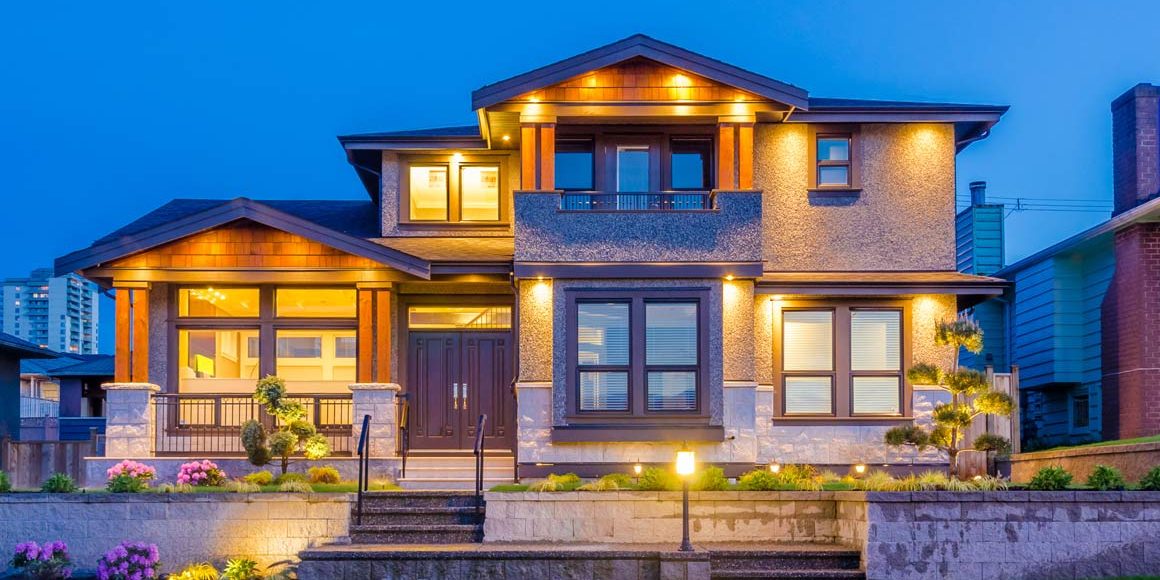Fiberglass Pools Pros and Cons
Pros of a Fiberglass Pool
# Low support: The algae development is restrained and decreased as the fiberglass pool has a gel coat surface that is nonporous. This lessened the quantity of sterilizing chemicals that were needed for the pool’s maintenance.
# Lifetime cost is less: Usually, fiberglass pools’ shells require much less maintenance. So there is no need for vinyl liner replacement or resurfacing.
# Smooth surface: The fiberglass pool gelcoat surface is smooth to the touch.
# Steps and seats: Seating and steps are consolidated in most fiberglass swimming pool plans.
# Controlled domain manufacturing: In the controlled atmosphere of a processing plant, Fiberglass pools are built.
# Quick establishment: Off-site construction of fiberglass pools’ shells leads to its quick establishment. The estimated time of establishment is 6 weeks.
# Beautiful: You have various options of things that you can do with a fiberglass swimming pool. For example coloured tiles, interesting water highlights, pool lights, heated spa, poolside seating, and a lot more.
Cons of a Fiberglass Pool
# Limited customization: They are restricted to certain shapes and sizes because they are built from a mold. So customization is not possible.
# Not wider than 16 feet: Since the fiberglass pools are transported via road, delivery limitations constrain the width of the fiberglass pool shell to 16 feet.
# High Initial cost: The initial investment cost is quite high for a fiberglass pool installation.
Concrete Pools Pros and Cons
Pros of a Concrete Pool
# Can be Customized: These pools can be customized in any shape, size, or profundity as per your wish and will.
# More adaptability: Concrete pools are quite flexible in the sense that they allow all kinds of configuration highlights like shoreline passages, vanishing edges, tanning edges, and so forth.
# Works of workmanship: These pools can be incorporated into the outline as a strict show-stopper in the scene.
Cons of a Concrete Pool
Sadly, the adaptability concrete permits from a design point of view accompanies a big cost.
# High lifetime cost: These pools should be remodeled every 10– 15 years. This includes resurfacing and retiling the pool to a detriment of $10,000– $20,000 or significantly higher depending upon the pool.
# More chemical use: Since the surface of the pool is exceptionally permeable, more chemicals as well as filtration are needed to forestall algae growth. Since the alkalinity of the pool shell increases the pH level of the water in it, you will end up adding acid to neutralize the effect, every now and again.
# More maintenance: In order to expel algae from growing from the pores of the plaster or aggregate surface, you will have to broom or sweep your pool on a regular basis.
# More installation time: It usually takes longer to install a concrete pool, around 3 to 6 months.
Conclusion:
Each of the kinds of inground swimming pools – fiberglass, concrete accompanies its own arrangement of points of interest and weaknesses.
Fiberglass pools are relatively easy to maintain, can be outlined flawlessly, and are very tough. However, their initial expense can be higher, and the shapes and sizes cannot be customized.
Concrete pools are greatly strengthened and can be easily customized. The impediments incorporate more effort to keep up, more chemical use, the most elevated cost of proprietorship, an unpleasant inside surface, and a slow establishment time.
Still, have inquiries concerning these 2 sorts of inground swimming pools? Provided that this is true, get in touch with us!







